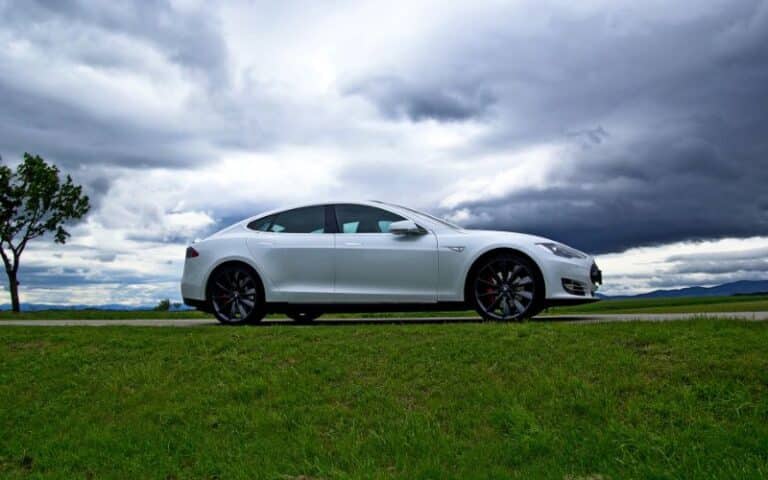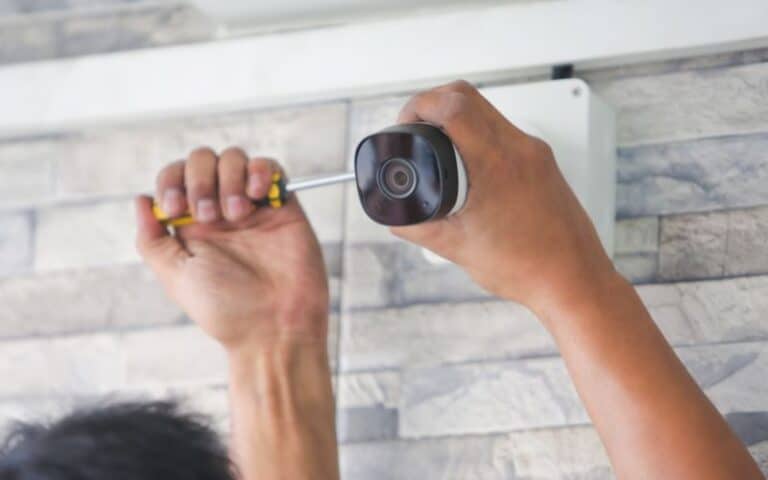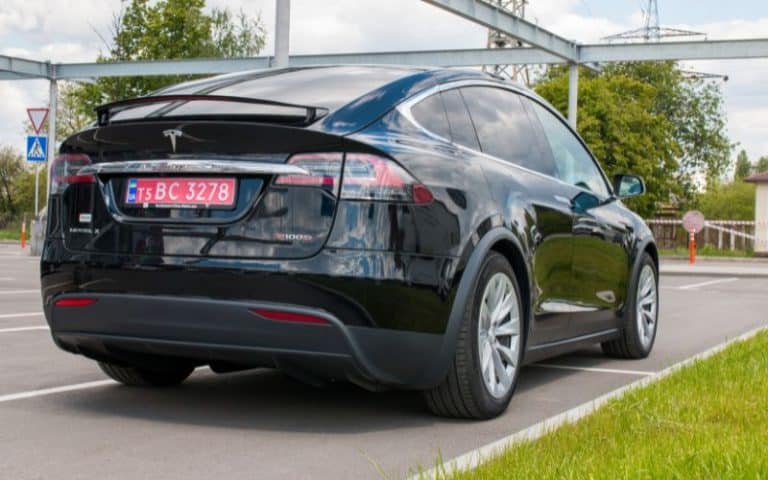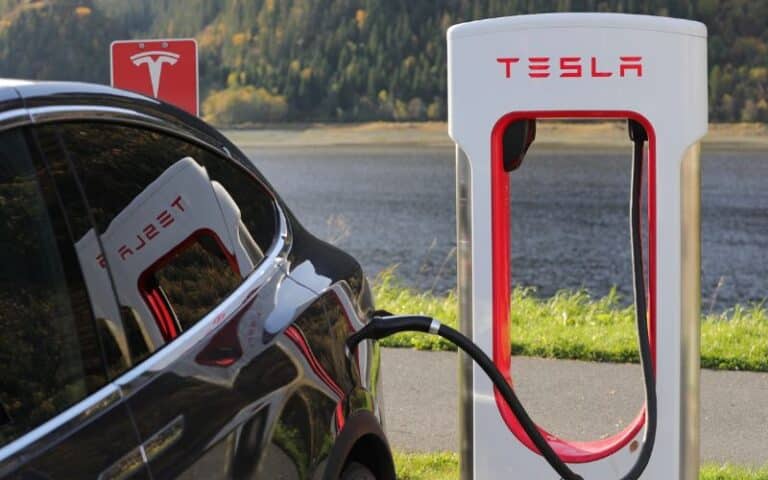Tesla Model 3 Range On Full Charge! (Explained)
Are you thinking of buying a Tesla Model 3, but you don’t know its range on a full charge?
Or maybe you’re still considering if a Model 3 will get you where you need to go, but you need that one final push to do it.
You may need one final nudge to convince you. The Tesla Model 3 is fantastic in all areas, but how well does it perform regarding range?
Although the Tesla Model 3 doesn’t have the best range per battery charge from the company, it’s pretty decent. You can get up to 300 miles on one charge of your Model 3. However, you can get more miles on longer-range versions of the Tesla Model 3. But you can get up to 340 miles on these versions.
Have you tried looking up the range on the Model 3, but you’re getting confused and not understanding anything? Don’t worry; this article is for you.
What Is the Range of Tesla Model 3 on Full Charge?
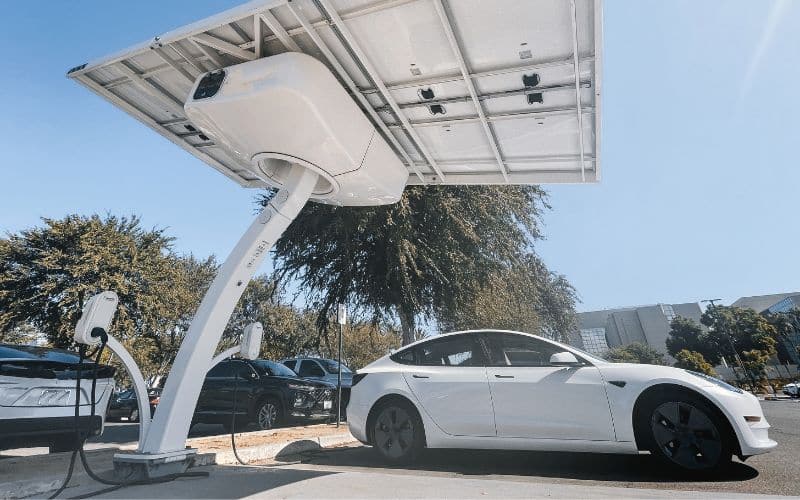
That depends on the version of the Tesla Model 3 you’re buying. If you buy the standard range plus version, you’ll only get a little over 300 miles on each charge.
But if you’re a sucker for long-range vehicles, you should get your hands on the long-range versions of the Model 3. You can get up to 340 miles on one charge with a long-range version.
Hence, if your office is far and you need a longer range on your Tesla Model 3, it would be best to go for the long-range version.
Collectively, your Tesla Model 3 has one of the best battery packs Tesla has to offer. Your battery back can last for up to 1500 charging cycles.
In simpler terms, you get about 300 thousand miles on a standard version of the Model 3.
On the other hand, you collectively get around 500 thousand miles on the long-range versions.
What Affects Tesla Battery Consumption?
Tesla vehicles are some of the best-performing EVs on the market today. But you can damage your battery if you keep up some habits.
It’s normal for your battery estimated range to change over time. Tesla batteries are much like any rechargeable battery pack – they become less efficient over time.
Hence, your Tesla battery pack will reach its charge cycle limit if it is old. If that’s the case, all you have to do is replace your battery pack.
However, more often than not, that’s not the issue. Sometimes, it’s due to the weather.
If there has been a recent temperature change, that can affect your Tesla battery consumption.
If it’s cold, it makes the air dense and increases drag. Hence, it becomes increasingly difficult for your car to pick up speed.
You must have noticed your car consuming more power during the winter. That’s because, during the winter, your car has to create heat in the cabin for you.
Regular gasoline engines use excess heat produced in the engine due to inefficiencies.
Hence, your Tesla has to create heat for you. But this heat production drains your battery pack faster.
Although heat production drains your battery faster, you need it to keep warm.
However, there are some methods you can use to improve your battery range during winter or cold temperatures.
If you change your acceleration mode, you can go more miles on your battery charge. And changing your acceleration mode allows your car to heat the cabin faster.
Also, changing your acceleration mode doesn’t strain the battery. The best acceleration mode for cold temperatures is “Chill Mode.”
You can refer to the next section for a step-by-step tutorial on engaging it.
Alternatively, your car will consume more power if the temperature is too hot, like in the summer. The climate system runs for longer periods trying to cool down your car.
It would be best to keep regenerative braking in its “Standard” setting in hot temperatures. It helps you maximize your battery range and promotes efficiency.
How Can I Maximize My Battery Range?
Having an amazing battery pack is one thing; getting the best performance from your battery is another.
You don’t have to change anything about how you use your car—only slight tweaks in certain areas.
If you’ve used a gasoline car before, you should know that fast acceleration sucks out the gas.
In essence, while driving your Tesla Model 3, avoid short bursts of speed to impress your friends.
If you’re going for a long drive, short explosions of speed will drain your battery faster and leave you stranded beside a curb.
If you’re driving a long distance and don’t want to charge your battery during the trip, consider using “Chill Mode.”
Chill Mode reduces acceleration and offers a smooth and gentle ride, making you feel like you’re driving a Rolls Royce.
You can activate Chill Mode with your touchscreen. Below is a step-by-step tutorial on activating Chill Mode on your Tesla Model 3.
You can refer to this guide to turn on the setting.
- Step One: Select the car icon on your touchscreen
- Step Two: Select “Pedals & Steering.” You can find it under the “Controls” button.
- Step Three: Under “Pedals & Steering,” select “Chill.” Ordinarily, your car should be set to “Sport.” Engaging “Chill” reduces battery consumption rate.
If you’re unsure if Chill Mode is active, check for an informational icon above your digital gauge cluster.
How Long Does It Take to Fully Charge a Tesla Model 3?
That depends on the power supply you’re using. It also depends on the type of connector you’re using.
For instance, if you’re using the Tesla-issued Mobile Connector, you can get as high as 30 miles and as low as 3 miles of range per hour.
Hence, you must make use of a suitable power source. If you get hold of a decent power supply, you should get your charge fairly quickly.
Below is a table that details the charging time you should be expecting from your Model 3:
| AC Power Source (11kW Maximum) | DC Power Source (170kW Maximum) |
|---|---|
| It takes the standard version 6 hours and 15 minutes to get from 0 to 100% | It takes the standard version 25 minutes to go from 0 to 80% |
| It takes a high-performance version 8 hours and 15 minutes to get to 100% | It takes a long-range version 25 minutes to go from 10 to 80%. |
Can I Charge My Tesla Model 3 Every Night?
Yes, you can. Tesla’s official website encourages users to plug their Tesla Model 3s every evening.
Hence, once you’re done with the car for the day, you can plug it in and leave it overnight.
If your Model 3 is your daily use vehicle and you usually drain the battery during the day, you can charge it every night.
However, setting a charge limit for your vehicle is best, especially if you don’t go for long drives. Hence, you can set your car’s charge limit to 90%.
Charging your car to 100% is best if you’re setting out for a journey. Still, you should keep an eye on the range to avoid getting stranded.
Best Charging Practices for Your Tesla Model 3
You can get much more from your Tesla battery pack if you charge it properly. You certainly don’t want to change your battery pack after every few months.
Remember that your Tesla battery pack is much like any other li-on rechargeable battery.
It would be best if you properly cared for your battery to enjoy the most from it.
Hence, if you want to get the best performance from your battery, you should make use of the following techniques:
- Ensure you maintain a regular charging routine. If you normally use low-voltage power sources like wall outlets at your home, ensure you maintain that routine.
- Don’t switch between DC and AC charging power sources. Ensure you stick to AC if you constantly charge your battery overnight at home. But there are certain exceptions to this.
For instance, when you’re out for a drive, and you’re low on battery percentage. You can drive to a charging station and charge your Tesla.
What Happens If Your Tesla Runs Out of Battery?
If your Tesla runs out of battery, it will stall and come to a halt. Hence, when you notice the battery is almost out, pull over and contact a tow van.
Get a high-voltage source if your battery can’t charge from your low-voltage wall outlet at home.
Once your battery begins to charge again, you can switch voltage sources and continue with your regular low-voltage source.
If you’re worried about your battery losing its capacity if you constantly charge it, don’t be. Tesla suggests that its battery pack isn’t affected by charging it constantly.
Since Tesla battery packs don’t have any memory effect, please don’t let your battery deplete before you hook it up to charge.
This means that you should always ensure to maintain your battery at a reasonable percentage.
Conveniently, you should charge it before taking it out to avoid such occurrences.



